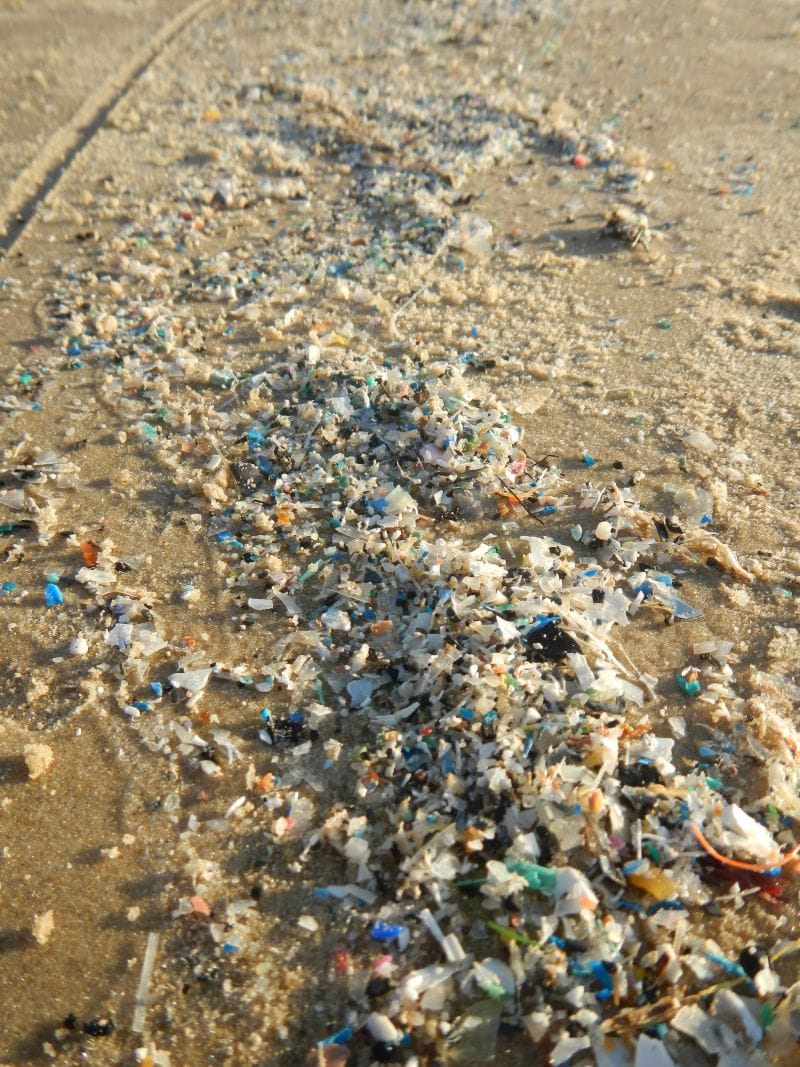RSS Feed Source: Academic Keys
Université Laval
TENURE-TRACK POSITION 22268
MATERIALS AND METALLURGICAL ENGINEERING
Faculté des sciences et de génie
Département de génie des mines, de la métallurgie et des matériaux
Professor in Materials and Metallurgical Engineering – Specialization in Biomaterials
Located in the heart of Québec City—a UNESCO World Heritage Site—Université Laval (www.ulaval.ca) offers an exceptional living and working environment. It is a major comprehensive university renowned for its culture of excellence in both teaching and research.
CONTEXT___________________________________________________________________
The Department of Mining, Metallurgical and Materials Engineering at Université Laval (www.gmn.ulaval.ca) is inviting applications for a tenure-track faculty position in materials and metallurgical engineering with a specialization in biomaterials. The Department is composed of 16 faculty members who supervise approximately 300 undergraduate and 100 graduate students. It offers several academic programs, including bachelor’s, master’s, and doctoral degrees in both mining and mineral processing engineering and materials and metallurgical engineering.
POSITION
Click this link to continue reading the article on the source website.


